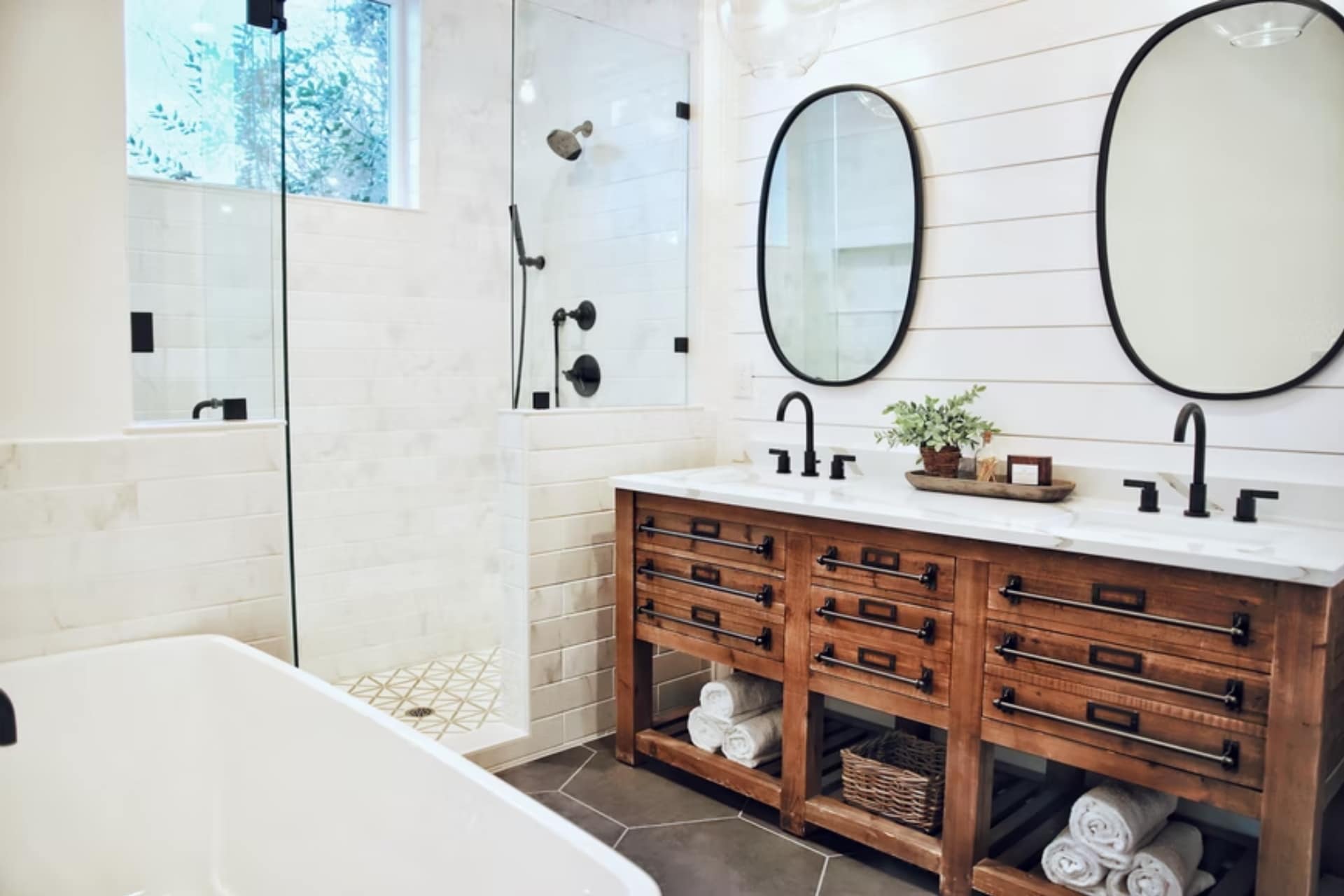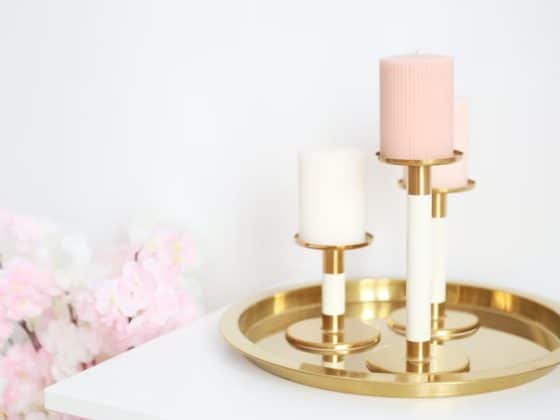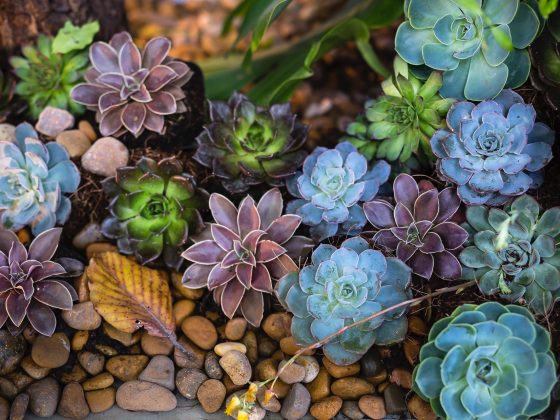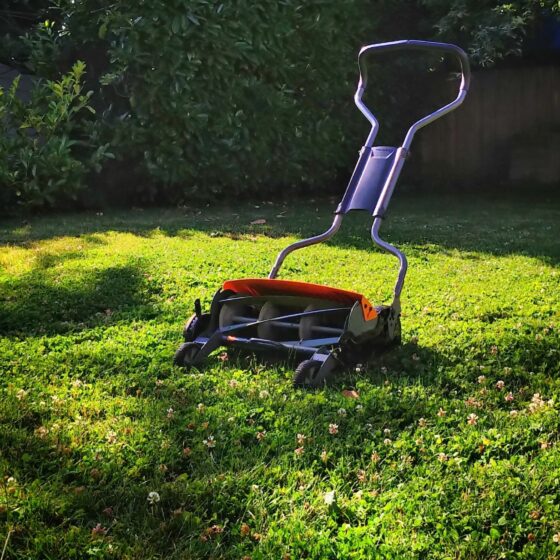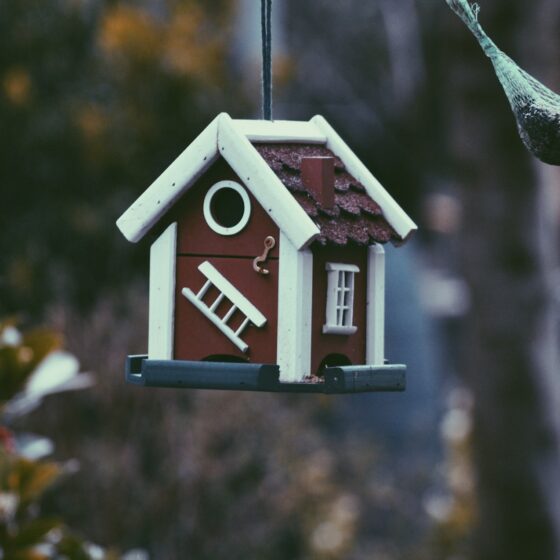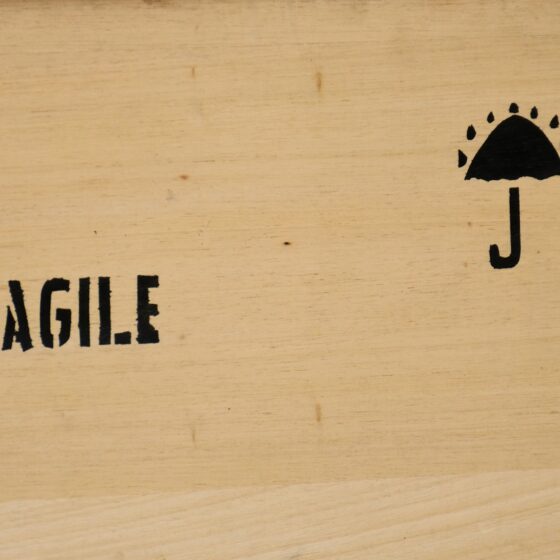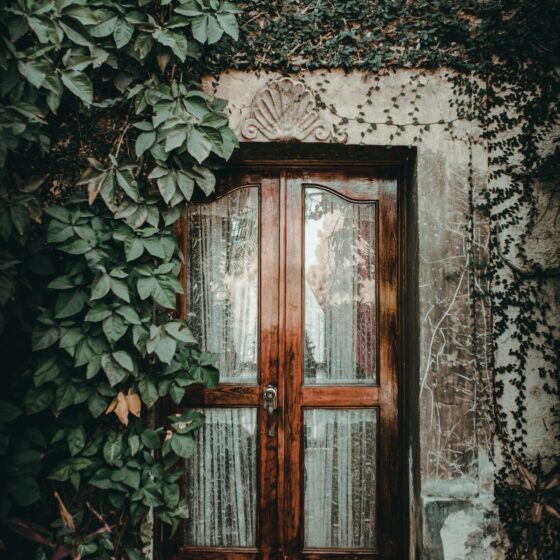Installing a bathroom vanity is a clever way to make the most of the available space, both style- and functionality-wise.
By choosing one of our hand-picked bathroom vanity ideas, you won’t only be getting a style boost but also a hiding place for your sink plumbing and a place for storing bathroom supplies.
Keep reading and find out which of the most popular designs could be worth your while.
Repurposed Bathroom Vanity
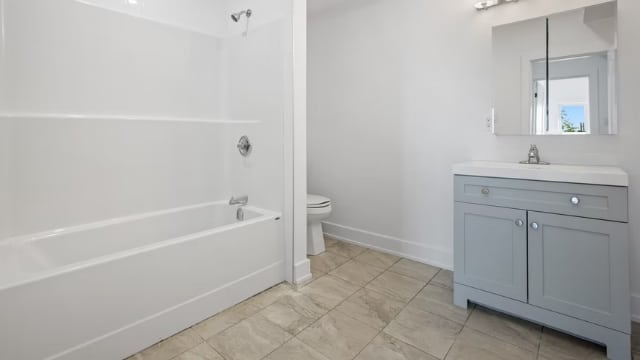
If you have a drawer, a dressing cabinet, or a similar piece of furniture that doesn’t serve you a great deal anymore, you can quickly turn it into a bathroom vanity.
You can do this with almost any furniture of the right shape and size — you only need the right tools and a minimum of experience.
For example, your vintage dresser or even an old kitchen counter can be repurposed and turned into a perfect addition to your personal self-care sanctuary.
This is very easy to do, especially if the measurements match your bathroom space. Just keep in mind you’ll need to make it waterproof first.
Double Sink Vanity
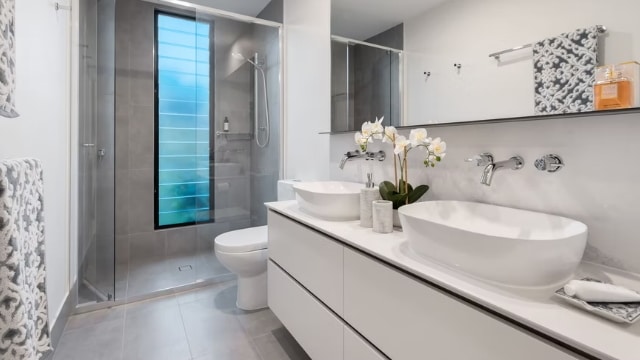
Double sink vanities can be lifesavers, especially if you and your spouse have the same working hours. Think about it — who wants to wait in line to get ready for work first thing in the morning?
Additionally, double basin vanities visually bring a soothing symmetry to your bathroom. Also, a larger vanity usually means more storage space. That said, these types of vanities are generally reserved for bigger bathrooms.
They can come in a plethora of styles. Whether you need something more antique or contemporary, you’ll likely be able to find it.
DIY Bathroom Vanity
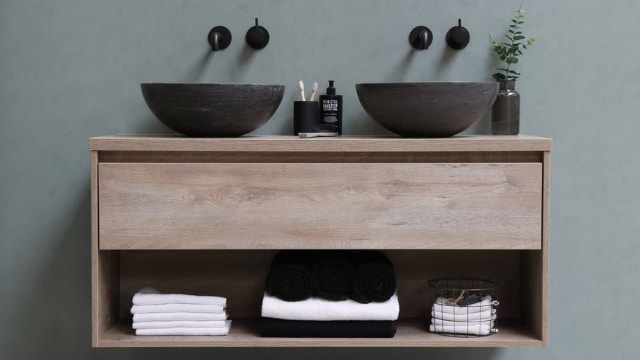
If you’re one of the 36% of Americans that have already undertaken a DIY project to upgrade your living space before, you might be tempted to make your own bathroom vanity from scratch.
Opting for a DIY option means you get to match your vanity’s style to your other bathroom elements perfectly. Rustic, contemporary, or any other style — it’s up to you! And you can also have it painted exactly to your liking.
But if this is your first time doing that, you might want to opt for something with simple lines, like the vanity presented in the photo.
The outer parts, doors, and drawers aren’t that hard to master. However, you’ll also need to include a faucet, sink, and plumbing that fits.
There are multiple schemes for elegant designs you can use to create a homemade bathroom vanity. And if you want to make this as easy as possible, opt for light materials that are relatively easy to manipulate.
Floating Elegance
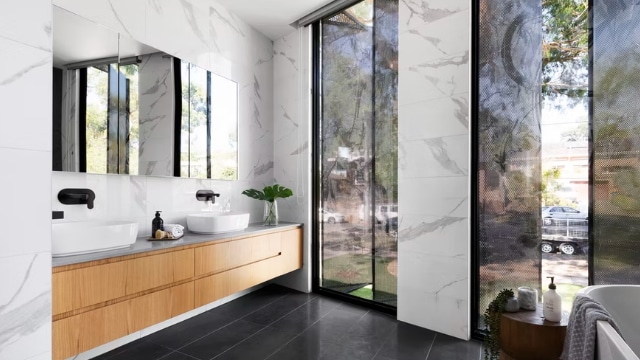
The main advantages of floating bathroom vanities include an easier cleanup of the foot space and availability. Some might feel more comfortable preparing for work a bit closer to the bathroom mirror, and a vanity like this will allow you to do exactly that.
A wall-mounted vanity cabinet also works excellent for small spaces. However, if you’re installing it yourself, it might feel like a more challenging task than installing a standard vanity. And this is because it actually is!
But, when done correctly, the end result is usually worth the effort, especially if you’re into long and narrow contemporary-looking bathroom vanities.
Storage Space Galore
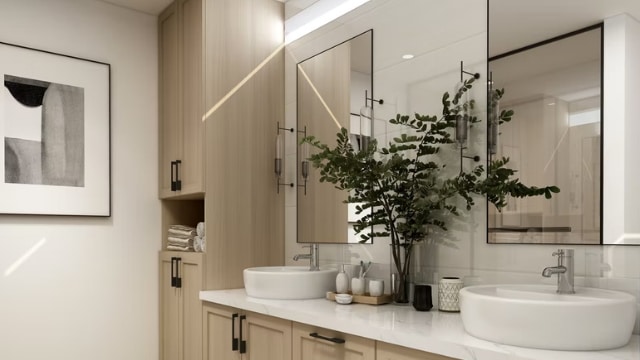
You can easily maximize your bathroom’s storage space by choosing a traditional-style vanity with free-standing cabinets featuring lots of drawers.
Traditional vanities usually have a thick, waterproof, and extremely practical worktop made of quartz, marble, or ceramic.
If you’re a fan of double-door cabinets, we’ve got some good news for you! Plenty of bathroom vanities have the same design and are equally large and practical. Therefore, they’re usually an excellent fit for the master bathroom.
A Vanity With a Backsplash
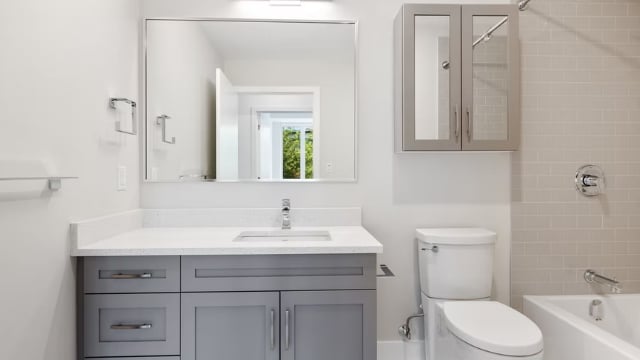
The answer to why you need a backsplash is pretty straightforward — it offers protection against the forming and accumulation of rot, mold, and mildew on the wall behind the sink.
There are thousands of species of mold known to man and just as many other microorganisms that can accumulate behind your vanity without your knowledge, potentially making your bathroom a health hazard.
Besides allowing microorganisms to accumulate, the lack of a backsplash can also damage your bathroom wall (unless you have tile walls).
Luckily, even custom backsplashes aren’t difficult to come by. Whether you need a specific color or design to match your bathroom’s quirky style or require an anti-splash corner, this isn’t impossible to achieve.
Additionally, though 3–4″ is the standard height for a bathroom backsplash, you can go even higher to add some elegance to your bathroom area.
Spa-Inspired Vanity Design
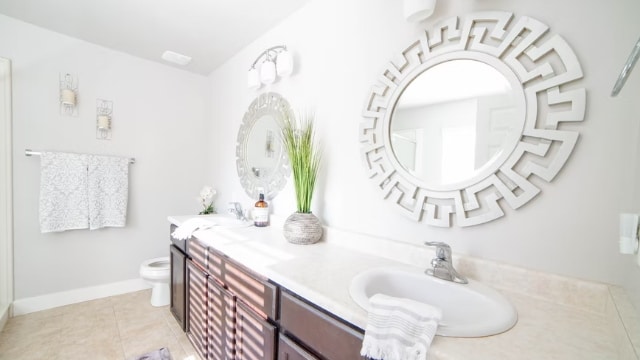
Those who appreciate the elegant, calming esthetic of spa resorts will fall in love with bathroom vanities reminiscent of such places.
What’s so special about this design? Simplicity, and most importantly, the association your mind makes with a relaxing afternoon in a health resort.
Natural, earthy colors (e.g., different shades of brown, natural color of the wood, etc.) are the standard colors at play. To complete the look, you could embellish your vanity with several spa-inspired decoration items.
Coastal Bathroom Vanity
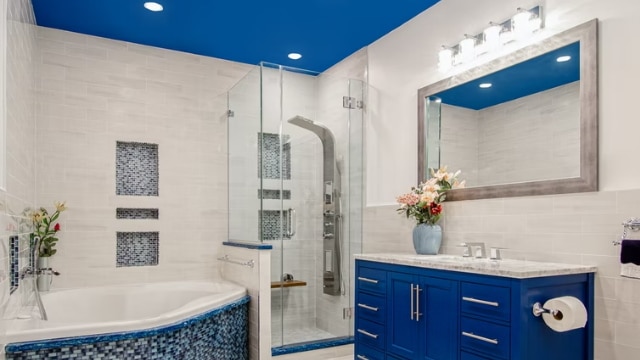
Living by the seaside is a life goal for many, and giving your bathroom a coastal look is a way to get closer to the experience, at least esthetically.
Like coastal kitchens, coastal bathrooms usually employ white, green, and light or navy blue color tones.
The beach-inspired color palette also includes cream, khaki, seafoam blue, navy granite, sea green, and coral pink hues. You can even partly satisfy your wish of living near the seaside by introducing different light shades of gray.
A countertop with a beach stone(s) design could also enhance the effect.
With the exception of sea-inspired colors (as well as beachy accessories like woven baskets that go well with them), coastal vanities aren’t that different from other vanity styles. They tend to be wooden and rather traditional-looking.
Farmhouse Bathroom Vanity
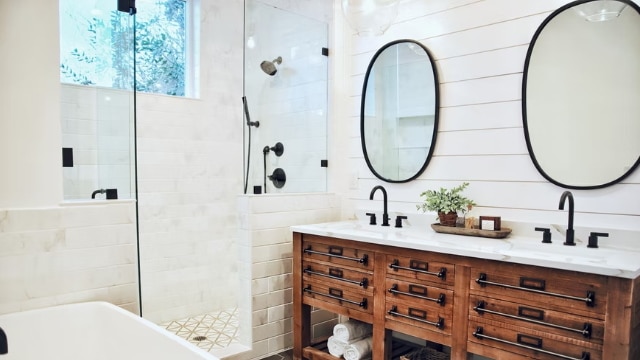
Rustic vanities like these are an excellent addition to any farmhouse-style bathroom. They’re almost exclusively made of wood, with many closed functional cabinets and sometimes open shelves on the bottom.
Elegant, three-element faucet designs nicely complement such a classical-looking bathroom vanity with a sink.
Farmhouse vanities are commonly large, and their sinks have larger capacities. That said, this vanity style is most compatible with the master bathroom and larger bathrooms in general, rather than with a tiny guest bathroom.
Small Bathroom Vanity
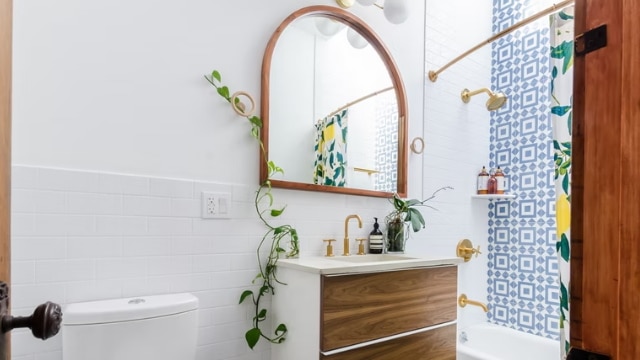
Having a tiny bathroom doesn’t mean you have to give up vanities. There are plenty of designs that fit small spaces perfectly without creating clutter.
A small, light-colored, wall-mounted vanity is only one of the practical solutions. There are also many other space-saving styles, like, for example, a small corner vanity.
If you’re handy and prefer custom options that perfectly fit your space, leaving no odd gaps between the vanity and the walls, you can always try to DIY one. This is also an excellent way to add some “style on a budget” to your guest bathroom.
Other visual adjustments like keeping counter clutter to a minimum, going vertical when it comes to storage, and adding a tankless water heater can save you space and give your small bathroom an esthetical boost.
Minimalist Organic Style Bathroom Vanity
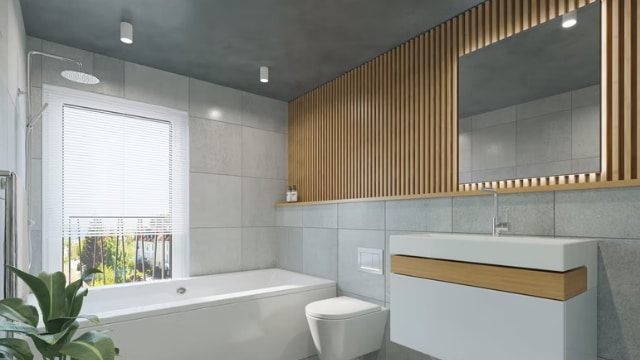
Return to nature is trending in interior design, and, naturally, it’s affected the way people choose to style their bathrooms.
Organic style bathroom vanities involve wooden elements or elements made of natural materials.
As evident from the photo, white ceramic elements are also complementary to the style and give the bathroom a clean esthetic. They’re also easy to clean, and there’s no danger of them getting damaged by humidity.
To complete the look, you can add plants and other nature-inspired decorative pieces.
Deluxe Bathroom Vanity
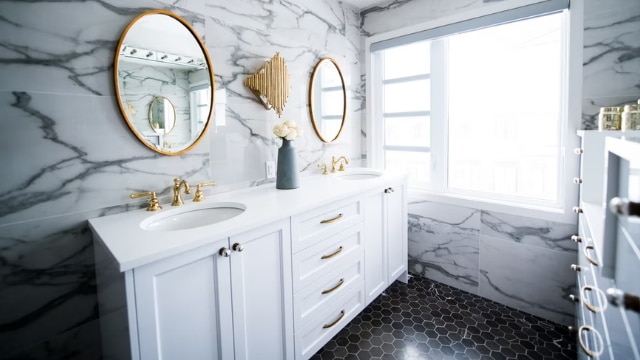
If smooth marble surfaces dominate the vertical space of your deluxe bathroom, adding a sumptuous vanity like the one presented in the photo would be an excellent choice.
Its plain white design would perfectly contrast the patterned marble in the background and give your bathroom a more open, welcoming look.
Golden details like handles succeed in breaking the sterility of all-white bathroom vanity. What’s more, such opulent vanity isn’t only a good resting place for the eye, but it’s also very practical and easy to maintain.
The smooth marble surface can easily be deep-cleaned, and the symmetrical design allows for both you and your partner to have your own space in the bathroom.
Conclusion
Bathroom vanities are clearly much more than just a cupboard with a sink. They boost our home value, offer storage, hide unattractive plumbing, and look amazing while doing all that.
Still, finding the right design (or a unique vanity unit that’ll perfectly fit your bathroom space) isn’t always an easy task.
We hope that some of the design ideas we presented here will inspire you to pick one that’ll serve you well and make your bathroom more luxurious.
FAQ
Why do I need a bathroom vanity?
A well-designed bathroom vanity serves several purposes:
- It adds style to your bathroom and increases your home value.
- It hides all sink-related plumbing.
- It adds storage space for bathroom products, cleaning supplies, etc.
- It can be used as a dresser.
Where to buy a bathroom vanity?
There are plenty of specialized online stores and brick-and-mortar shops across the US where you can find vanities.
You can also find decent models in the places where you usually shop for other supplies such as All Modern, Amazon, Design Element, Home Depot, IKEA, Kitchen & Bath Authority, Pottery Barn, West Elm, and Wayfair.
How to install a bathroom vanity?
It takes some experience and tools to install a vanity unit successfully.
Here are the instructions for installing a stand-alone vanity (installing a wall-mounted bathroom vanity can prove a bit more complicated though more or less the same method is used):
- Turn off the water supply to your sink by rotating the water valves.
- Turn on the faucet to release any water and pressure residue.
- Remove the P-trap (the curve part) below the sink and the water lines.
- Mark the vanity’s height and width on the wall and measure the position of the pipes.
- Mark where the openings should be cut on the back of the vanity and cut them out.
- Place the new bathroom vanity against the wall.
- Install the faucet(s) and reconnect the water lines and P-trap.
- Switch on the water valves, and you’re good to go!
If you need to remove your old vanity beforehand, make sure to:
- Cut through the calc that connects the top of the bathroom vanity with the bathroom wall.
- Remove the screws and anything else connecting your old vanity to the wall.
What is the standard height of a bathroom vanity?
The standard height of a bathroom vanity is 30–32″, which makes it accessible to both adults and youngsters. However, as of recent, bathroom vanities are becoming higher.
Modern bathrooms often feature the so-called comfort height bathroom vanities that measure 36″ in height (the same as standard kitchen counters).
So, before opting for one of the many interesting bathroom vanity ideas, besides its looks, pay attention to its height too.
How to waterproof a bathroom vanity?
You can do this by adding a granite, marble, or other water-resistant top and a coat of polyurethane on the unit’s surface. You can also paint it with high-gloss paint, reface cabinets with laminate, and apply varnish.

